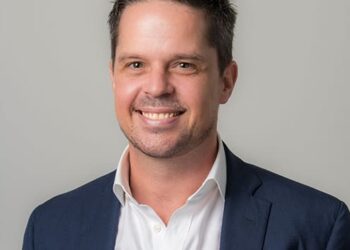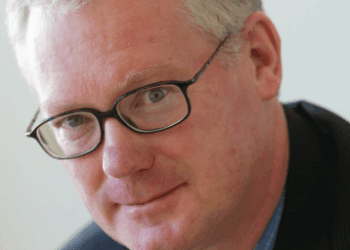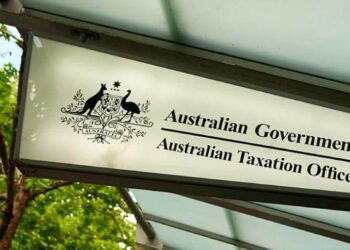In a new blog post, the SMSF training provider’s chief executive, Aaron Dunn, said while the number of new SMSFs established had declined slightly in recent years, this was likely to pick back up again as Generation X entered retirement, sparking a need for greater education around roles and responsibilities for new trustees.
“With the Generation X demographic for the first time in this decade reaching preservation age, the desires of greater engagement and control through SMSFs will continue as primary drivers of growth,” Mr Dunn said.
“What is becoming clearer is the regulator’s desire to play a greater role in the education of new entrants as SMSF trustees.
“Where the focus has been on increasing standards within the advice space, the ATO can look to use mandatory training as a mechanism to not only increase trustee knowledge towards their roles and responsibilities, but also as a tool to help further mitigate fraudulent activity within the sector.”
With the key industry associations pushing for reform to the advice licensing space, Mr Dunn said it was likely that SMSF specialist advice would further emerge as a profession within itself, particularly as demand escalated for succession advice for the large population of ageing trustees.
“I can see in the next decade a greater focus on service providers needing to demonstrate a higher level of competency to support trustees,” he said.
“This goes beyond just advice, where I can foresee accountants and administrators having to require greater levels of competency to meet the demands of SMSF clients.
“With succession becoming a sleeping giant for the SMSF sector — one in five individuals aged 70 years or older, holding 30 per cent of total fund assets — the need for SMSF specialisation to become a profession is now more apparent than ever before.”
Mr Dunn also pointed to increased efficiency in the sector as platforms and the availability of trustee-specific data evolved, making static figures around SMSF management costs such as those recently produced by ASIC largely irrelevant.
“As an industry, we have been fortunate with software being the great equaliser — in some industries, players exist with huge competitive advantages, but those embracing the level of innovation that we are seeing today are not only remaining relevant but are reshaping their business model to meet the changing needs of SMSF clients today,” he said.
“Which is why with this type of innovation, the focus on minimum balance thresholds, is flawed. The pace at which such innovation is being created will see younger entrants with lower balances enter the market. ASIC shouldn’t be pinning themselves to static figures that are quickly outdated and not representative of actual fees in the sector.”


